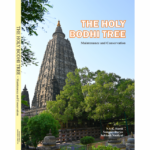
Shravasti
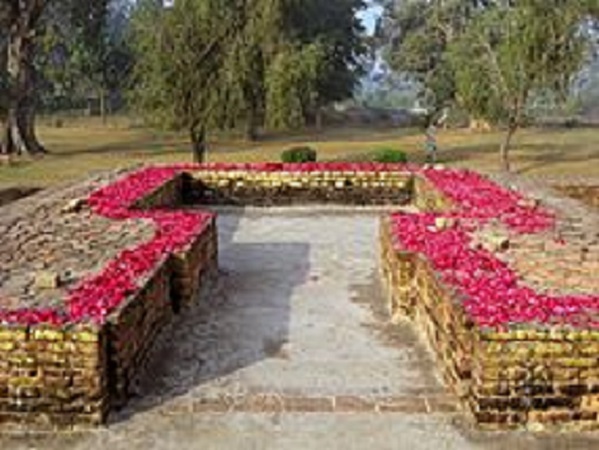
Shravasti, the north-eastern town of Uttar Pradesh, is located near the West Rapti River. This town is closely associated with the life of Gautama Buddha, who is believed to have spent 24 Chaturmases here.[3] Age-old stupas, majestic viharas and several temples near the village of “Sahet-Mahet” establish Buddha’s association with Shravasti.
Shravasti—part of historic Awadh—was carved out from Gonda district on the south and Bahraich district on the west. Shrawasti also borders Balrampur on the east, and Nepal‘s districts Dang-Deukhuri to the northeast and Banke district nepal to the northwest. Shravasti district headquarters Bhinga is about 170 kilometres from Lucknow [up state headquarter ] the state capital.
Shravasti (IAST: Śrāvastī; Pali: Sāvatthī) was the capital of Kosala kingdom in ancient India and the place where the Buddha lived most after his enlightenment. It is near the Rapti river in the northeastern part of Uttar Pradesh India, close to the Nepalese border.[1][2]
Sravasti is one of the most revered sites in Buddhism. It is believed to be where the Buddha taught many of his Suttas (sermons), converted many of his famous disciples, and performed his “Sravasti miracles” – “great miracle” and “twin miracle” – a subject of numerous historic reliefs, statues and literature in Buddhism.[2][3] Sravasti is also important to Hinduism and Jainism. The earliest manuscripts of both mention it and weave some of their legends in Sravasti. Archaeological excavations of the Sravasti site have unearthed numerous artworks and monuments related to Buddhism, Hinduism and Jainism.[4]
Sravasti, as a capital, was at the junction of three major trading routes in ancient India, connecting it to the different regions of the Indian subcontinent.[5] Inscribed slabs and statues found at and near Sravasti suggest it was an active Buddhist site and prosperous area from the time of the Buddha (c. 5th-century BCE) through at least the 12th-century CE. It was destroyed and covered with mounds sometime in or after the 13th-century, chronologically marking the arrival and establishment of the Delhi Sultanate. Excavations between 1986 and 1996, led by Japanese archaeologists, suggest that the site continued to be built up and expanded through the 1st millennium. Thereafter, the discovery of numerous charcoal remains and burnt soil suggests that a large portion of the site was burnt down and damaged, while other parts went into disuse and suffered the effects of erosion.[6][7]
The Sravasti site was rediscovered by a team of British and Indian archaeologists in late 19th-century. It has attracted waves of systematic excavations from the late 19th-century through the 1990s. It is now a small town, a center of heritage tourism and religious pilgrimage by Buddhists from around the world.

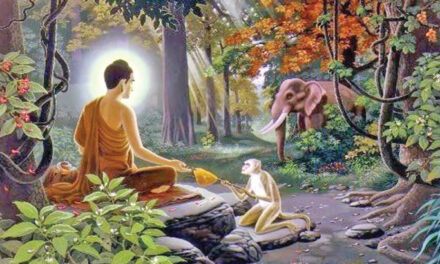
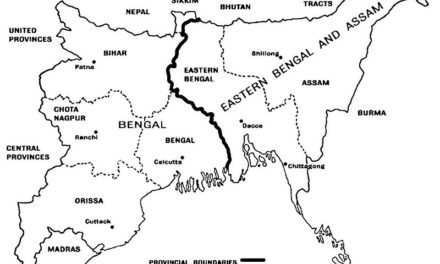


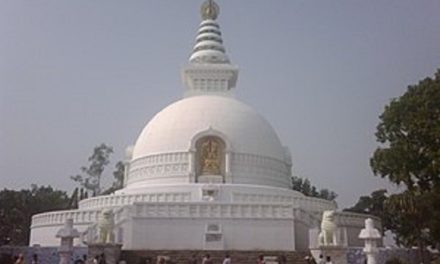

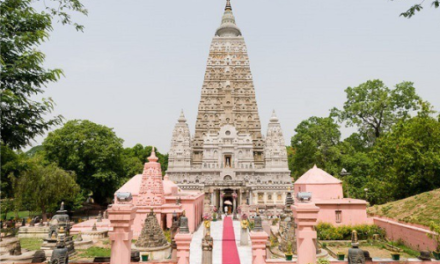

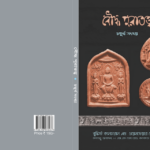

![Monuments of Mahabodhi [Mahavihara] Temple Complex Bodhgaya](https://baruasamaj.ezdivi.com/wp-content/uploads/sites/5/2023/10/Monuments-Book-Title-150x150.png)
